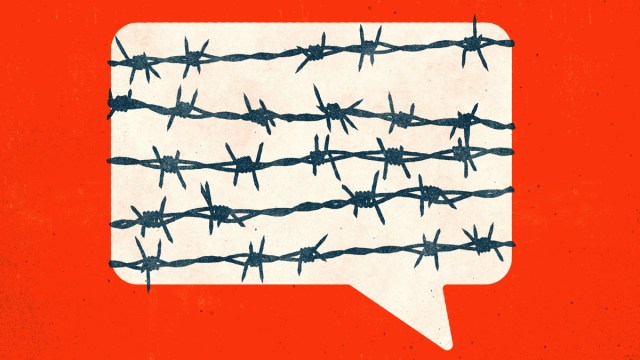If you’ve logged onto TikTok within the past week (haven’t we all?), you’ve probably seen the latest #goodbyetiktok and #savetiktok content as users stateside prepare for the very real possibility that the nationwide ban on the app will go into effect on January 19.
As we anxiously await the Supreme Court’s decision on TikTok’s fate, brands, creators, and the app’s 170 million U.S. users (which include one-third of all U.S. adults) are weighing their options over what platform to turn to next. Do they double down on Instagram Reels? Go straight to the original home of user-generated video content with YouTube Shorts? Test the waters with ByteDance’s Lemon8 or Chinese-owned RedNote, both of which could possibly end up with the same fate as TikTok?
Tough decisions, sure. Because beyond TikTok’s entertainment factor, it has found more social commerce success than any other platform. It’s remarkably easy to make an impulse purchase on TikTok, and 17% of U.S. adults have used TikTok Shop according to CivicScience. TikTok has estimated that small businesses could lose over $1 billion per month in revenues if the ban takes effect.
Despite impassioned pleas from TikTok users and creators and strong arguments from TikTok’s attorneys, the Supreme Court seems likely to uphold the ban as of publication. While a last-minute Hail Mary to save the app in the U.S. is still possible, if you’re a brand or business owner on TikTok, now is truly the time to prepare for the end of the TikTok era.
Because let’s face facts: While there isn’t another platform that can easily replicate the success of the video-first social shopping that TikTok created, the TikTok Shop boom has proven that social commerce works, which should give competitors a clear roadmap to improve their own shoppable offerings.
Bottom line: If social commerce is your goal, the two most viable options are Meta and YouTube Shorts.


